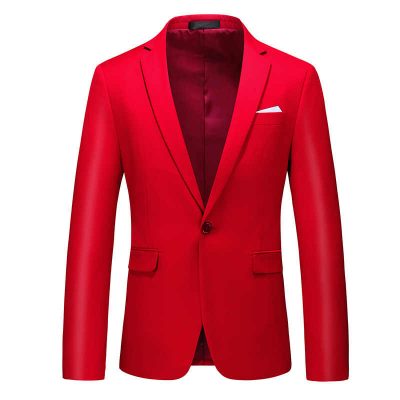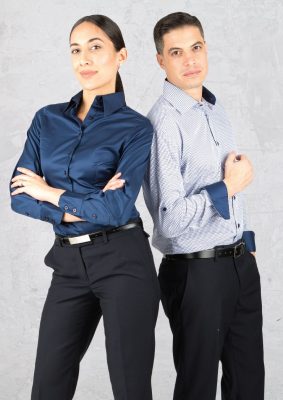Work clothes, as the name suggests, refer to the clothes worn at work. It is generally the uniform that the factory or company distributes to the staff, called work clothes. Some people like to call work clothes: factory clothes, work clothes, work clothes, etc. Work clothes are clothes specially made for work needs. Combining professional characteristics, team culture, age structure, body type characteristics, wearing habits, etc., considering the color, fabric, style, shape, and collocation of clothing, provide the best design plan to create a new professional image rich in connotation and taste . So what are the customization standards for work clothes?
1. Functionality
Work clothes can be selected according to your company’s situation, such as: construction companies should choose wear-resistant fabrics; electronic companies should choose anti-static fabrics. When customizing work clothes, you should choose the fabrics and the clothes that suit your company to achieve the best practicality.
2. Economical
Except for a few expensive work clothes, such as specific etiquette clothes. In addition to special clothing, most of them require a reasonable price-performance ratio, that is, the grade of the fabric used in the design. The complexity of the style. Comprehensive comparison of the difficulty of craft production and other aspects. Under the premise of the same beauty and function, the work clothes factory will design work clothes to reduce the cost as much as possible, from the style. Material. The difficulty of making. Pay attention to details such as the structure of the clothing.
3. Professional
The principle of work clothes design is first of all clear pertinence: for different industries, different companies in the same industry, different positions in the same company, different identities and genders in the same position, and so on. The different points of the targeted design summarize why people wear them, when they wear them, where they wear them, why they wear them, and what they wear. What people wear, in a narrow sense, refers to a part of people who go to work or engage in official activities within a prescribed time period, and in a broad sense, it refers to a relatively unclear part of the consumer group after being divided. The “people” here are represented as a group in work clothes. One part. A class, its work characteristics. Personal and group styles. Physical and psychological needs. Political and economic status. Cultural literacy, etc., the design requirements are specific and different. Time and location are the major and minor environmental factors of the profession. Time is different from spring, summer, autumn and winter, day and night, and location is represented by the regional environment and the small environment at work.
4. Aesthetics
The aesthetics of work clothes is determined by the generality of the spirituality of clothing. Work clothes are made for the convenience of work. The aesthetic craftsmanship is particularly important.






















